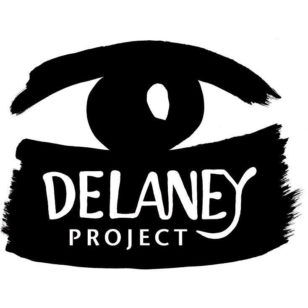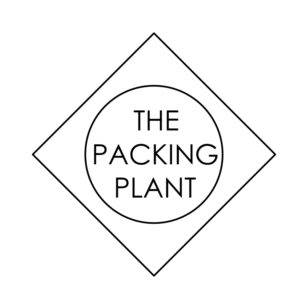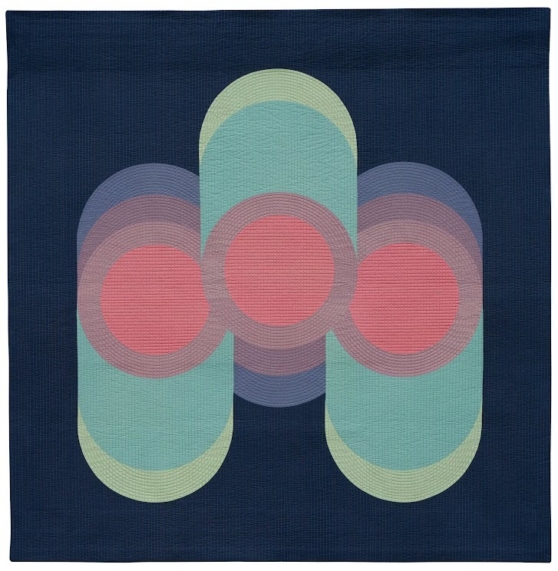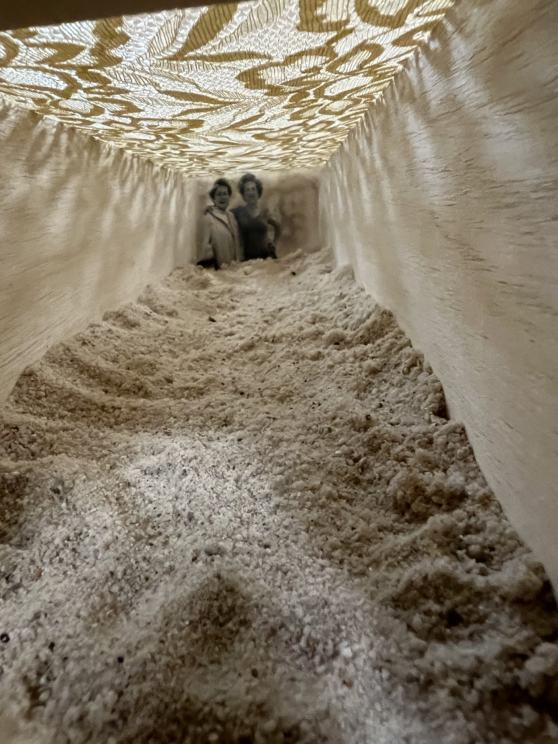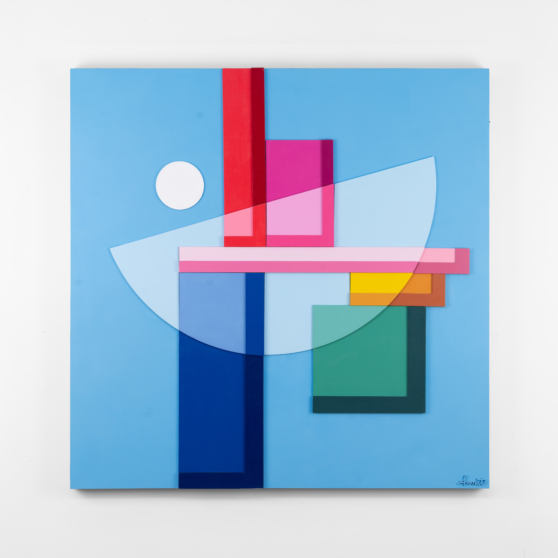Rachel Bubis: You’ve been working in Tennessee for quite some time. How has your practice evolved over the years? Carl E. Moore: I moved to Memphis to go to college, so I’ve actually lived in Tennessee longer than I lived in my hometown. So my practice has changed over a 40 span, all the way from college to now. When I started at MCA I was a realist painting using oils. After college, I took a 5 year hiatus to rede...
Read more >THE FOCUS
Rachel Bubis: You’ve said that quilting unlocked a confidence and enthusiasm you hadn’t found in painting or photography. What do you think it is about working with cloth that sparked this shift for you? Kelly Spell: I love the tactile nature of cloth and the way it feels in my hands. Our lives are filled with fabric, from the clothes we wear to the sheets we sleep under. It’s soft, comfortable, flexible, and familiar. Those qualities removed a lot...
Read more >Nancy Cheairs, Conversation, 2022, 24" x 20" Anna Mages: Could you elaborate on the process behind your work? Do you begin with sketches then experiment with color? Or do you find yourself working more intuitively? Nancy Cheairs: I don’t have one method for constructing a painting. There are times when I work from my large sketchbook filled with small drawings of visual vocabulary. The drawings are on transparent paper and are taped into my sketchbook. I might arrange some pieces in a co...
Read more >Wesley Roden: In an age of short form media, do viewers ever find your work to be refreshing for how it warrants closer inspection? Do you appreciate viewers slowing down? Beth Edwards: I am heartened by anyone who spends time with my work. I work very slowly. My work builds incrementally over a significant period of time. Every painting, every show, makes me more cognizant of the passage of time. Time is literally embedded in the images. WR: Seeing the...
Read more >Elise Cochran: When would you say you first started experimenting with text alongside images and what drove you to do this? David Underwood: I started adding text in some of my artworks in 2012, with an artwork titled, “Shift In Thinking.” Now some thirteen years later, my ongoing “image-text” series is the dominant body of my current work, with more than 250 artworks completed. I’ve always been interested in how the title of an artwork can possibly direct the viewer to either gre...
Read more >Rachel Bubis: You collaborate with your family in works such as Embustero: A Robotic Theater, an installation featuring fabricated robots made by your son and audio recordings of your siblings. What was the experience like working with them on this project? Richard Lou: Back in the late '80s, I staged a protest performance in front of the Chula Vista school district. A few local students had been setting up actual traps along the border, targeting undocumented migrants. The school...
Read more >Anna Mages: Your work often includes planes or fields of color that give your paintings structure and depth. This mark making is reminiscent of the edge of a palette knife or some hard edge. Can you elaborate on your process? Does the subject matter determine the kind of process you use for a given work? Georganna Greene: I find subject and process to be very closely dependent on each other. I very rarely go in with a plan, but instead...
Read more >Rachel Bubis: You describe your work as existing at “the intersection of digital design and hands-on craftsmanship, where digital sketches and designs transform into vibrant, abstract compositions with a pronounced sense of depth and dimension.” You explain how you start in the digital world and then go to physical - do you ever do the opposite order? What do you think you gain and/or lose during this translating process? Katie Aronat: While most of my work begins digitally, there have...
Read more >
